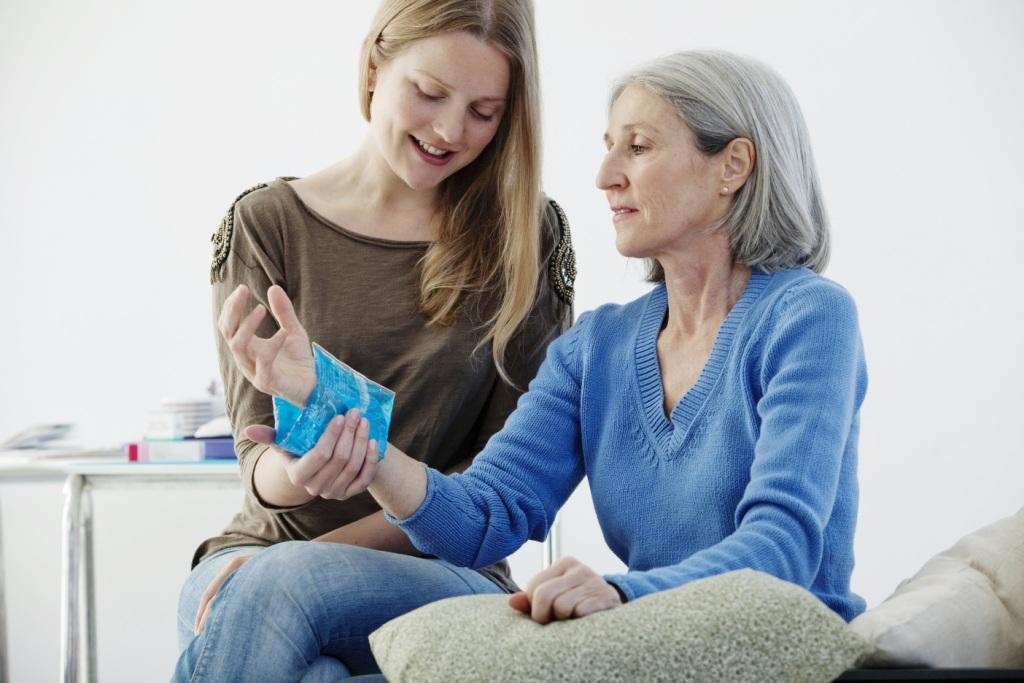Whether you’re a health professional working in a facility like Carthage Center for Rehabilitation and Nursing or you’re a home caregiver, knowing First Aid and other methods to treat wounds is a key part of the job.
Your first two goals should be to stop the bleeding and clean the wound. Prior to that, however, make sure you wash your hands and, if possible, wear latex gloves before rendering aid.
1.Apply Pressure
Applying pressure to the wound is the best way to get it to stop bleeding. Find a dry, clean cloth or towel and apply firm and continuous pressure until the bleeding stops.
2. Raise it Up
Raising the wound to reduce the blood flow helps stop the bleeding, especially in older people who may take a bit longer to clot. For hand and arm injuries, raise it above your head. If it’s to the foot or leg, lie down and make sure the wound is raised above where the person’s heart is.
3. Ice it Up
Ice helps constrict blood vessels, allowing it to clot and stop bleeding quicker. Do not place ice or an ice pack directly to the skin. Wrap it in a clean, dry cloth before applying it to the wound.
4. Clean the Wound
Get as much dirt and bacteria out of the wound as possible. Hydrogen peroxide is best, but soap and water are fine if that’s all you have access to. Just don’t get soap directly in the wound. Also, be sure to use clean (bottled or tap) water and not water from a lake or river.
For those thinking outside the box, honey has been a known bacteria buster. However, be sure not to use the honey you put in your tea. You need a medical-grade honey like Medihoney that has been filtered and sterilized.
5. Wrap it Up
It should take no longer than 10 minutes for the bleeding to stop. At that point, apply an antibacterial ointment and a bandage to the wound.
Keeping these tips in mind, if you can’t get the bleeding under control, it’s best to seek medical attention.







